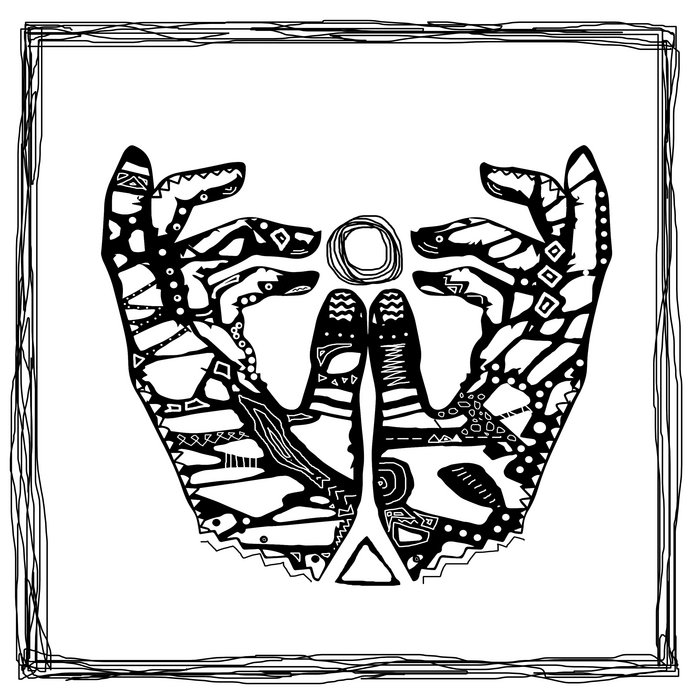
Archaic Morning – Collocutor
this blog is GROOVY – check out great Soul, Funk, Jazz, Hip Hop, Bass, Breaks , Reggae, House n many more TUNES
Alright cats and kittens, strap on your dancing shoes because we’re about to take a wild ride through the world of experimental jazz! This genre isn’t just a bunch of musicians hitting random notes; nah, it’s where creativity meets improvisation in a playground full of sound. Buckle up!
Experimental jazz is like that funky friend who shows up at your party wearing mismatched socks and plays the trombone alongside an electric guitar. It pushes boundaries, blends genres, and often dances along the edge of chaos. Born outta the bebop scene in the 1940s and 50s, experimental jazz took all those brass sounds and sax sizzles but added a little extra spice—think avant-garde art mixed with rhythm.
Jazz has always been about expressing freedom; you get some cats who wanna play cool standards while others are scratching their heads trying to figure out how to make music from kitchen utensils! Enter: experimental jazz.
1940s-1950s: The journey kicks off when artists like Miles Davis, John Coltrane, and Ornette Coleman start bending structures, adding unusual scales and harmonies. Ornette’s album “The Shape of Jazz to Come” (1959) pretty much slapped everyone awake!
1960s: Here comes free jazz! Musicians tossed out traditional rules like grandma throws confetti at parties. Folks like Sun Ra were not just making music—they were creating whole universes! Sun Ra took his Arkestra on wild adventures across space-time with cosmic vibrations.
1970s: Fusion enters—jazz meets rock ‘n’ roll! Think electric instruments turned up to eleven. Artists such as Herbie Hancock blended funk rhythms with jazzy improvisations leading to legendary albums like “Head Hunters.” Not too shabby for grooviness!
1980s-Present: A new wave emerges with influences from hip-hop, electronic music, world beats—you name it! Bands such as The Bad Plus throw down inventive covers that leave audiences both scratching their heads AND dancing.
Let’s take a look at some legendary figures who trampled through this sonic wonderland:
Our main man Ornette rocked our socks off by saying goodbye to chord progressions altogether—gasp! He believed anything goes if it felt good. Funny fact: he claimed he was inspired by street sounds rather than classical music—not exactly what you’d expect from an avant-garde genius!
Simply put: Sun Ra was NOT from this planet—but he played piano here anyway! His group traveled around in “spaceships” (a.k.a tour buses), claiming they were intergalactic emissaries spreading peace via sound waves—a bit quirky? Sure—but totally fitting for this genre!
This guy takes eclecticism seriously—he fuses everything into his melting pot of melodies—from Jewish klezmer tunes to hardcore punk vibes. Fun tidbit? His live performances can feel more like experiencing performance art than just hearing tunes—it’s a total sensory overload…in THE best way possible!
Instruments Galore: You’ll find musicians experimenting with everything—from traditional instruments (like saxophones that go womp-womp) all the way down to toy pianos or homemade contraptions made from recycled materials.
Improv Nights Gone Wrong: Sometimes these sessions go hilariously sideways…there have been occasions where entire bands ended up playing completely different songs at once—all while still jamming away as if it was planned chaos!
Fashion Statements: Many experimental jazz artists borrow fashion ideas straight from other worlds too—wild prints paired together for maximum visual shock therapy whilst plucking strings or blowing horns? Yeah baby!!
Record Label Shenanigans: Some labels dedicated entirely their efforts supporting avant-garde artists would send promo copies out wrapped in oddball packaging (yes folks — weirdly shaped vinyl!) just so they could snag attention & create curiosity among listeners.
5. **Names That Pop**: If you think naming kids is hard—I present Gato Barbieri & Pharoah Sanders’ names—their actual birth names aren’t even close—even cooler than standard monikers don’t ya think?
Today’s experimental jazz isn’t losing steam—instead it’s becoming more inclusive (sorry traditionalists). Artists now blend elements across genres while incorporating technology into live performances which allow them push limits further than ever before; we’re talking laptop concerts next-level surrealness people!!
So there you have it—a spontaneous escapade unraveling what makes experimental jazz tick—and trust us—it surely keeps ticking louder every day!!! Whether you’re already vibing along or ready for a sweet introduction dive deep into those grooves because one thing’s clear—you never know what delightful madness lies ahead within its colorful spectrum my friends 🚀🎷

Archaic Morning – Collocutor